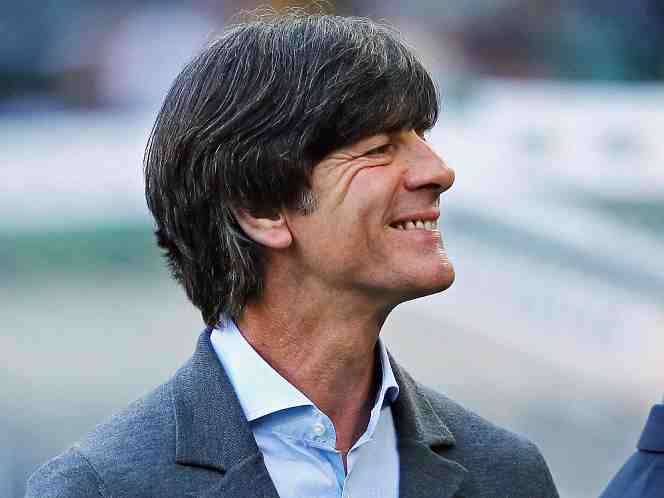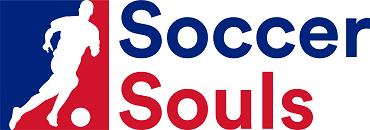Crazy transfer rumours are what sells stories and papers and the latest one coming out from London is about a certain German manager taking over at Arsenal. Before you think it could be Jurgen Klopp or any top Bundesliga manager, it is about current German national manager, Joachim Loew.
The 56-year-old certainly has a lot of pedigree, after all, he did lead Germany to the World Cup in 2014 and created a team that is formidable and well has a great line of youngsters coming in to feed the system for years on end if not a decade or two.

Loew did pick up the side after being an assistant manager for the team for a few years under Jurgen Klinsmann. The former Stuttgart manager didn’t really have a lot of experience managing a top side but that didn’t stop him from taking the job and it does seem quite similar to the course that Arsene Wenger did take when becoming the manager for Arsenal.
The Frenchman was the manager for Monaco but then moved to Japan before taking up the job in England, certainly something like that could not be envisioned in this day and age of the Premier League but even then there were doubts about Wenger as to how someone from the Japanese league could do in the Premier League.
Wenger certainly dispelled his critics then but he has been under fire for a decade or so. The drought of not winning the Premier League and often coming so close before trailing away seems to be affecting them time and time again.
It is surely going to take place this season as well unless Wenger finds a solution but in reality, he should be giving the seat up and moving to the management board behind the scenes of Arsenal. Arsene is as an astute economist and he could certainly help the team more if the does decide to leave the managerial post.
Loew would be a great choice for an international side but the issue could be regarding the playing style and players that Arsenal have. Joachim and the German management worked for years to get this current Germany squad built, which included a lot of work in the youth system.
That is a luxury he would not have at Arsenal, or for any side in the Premier League when you are under the microscope for every minute of your managerial career. The 56-year-old hasn’t really done much in the domestic front as well, having won just a DFB Pokal and an Austrian Bundesliga in his years of managing club teams.
Joachim might be a little too out of the system to get back to managing club sides. His name might be on the list but he is not the man for Arsenal now or for the future.

